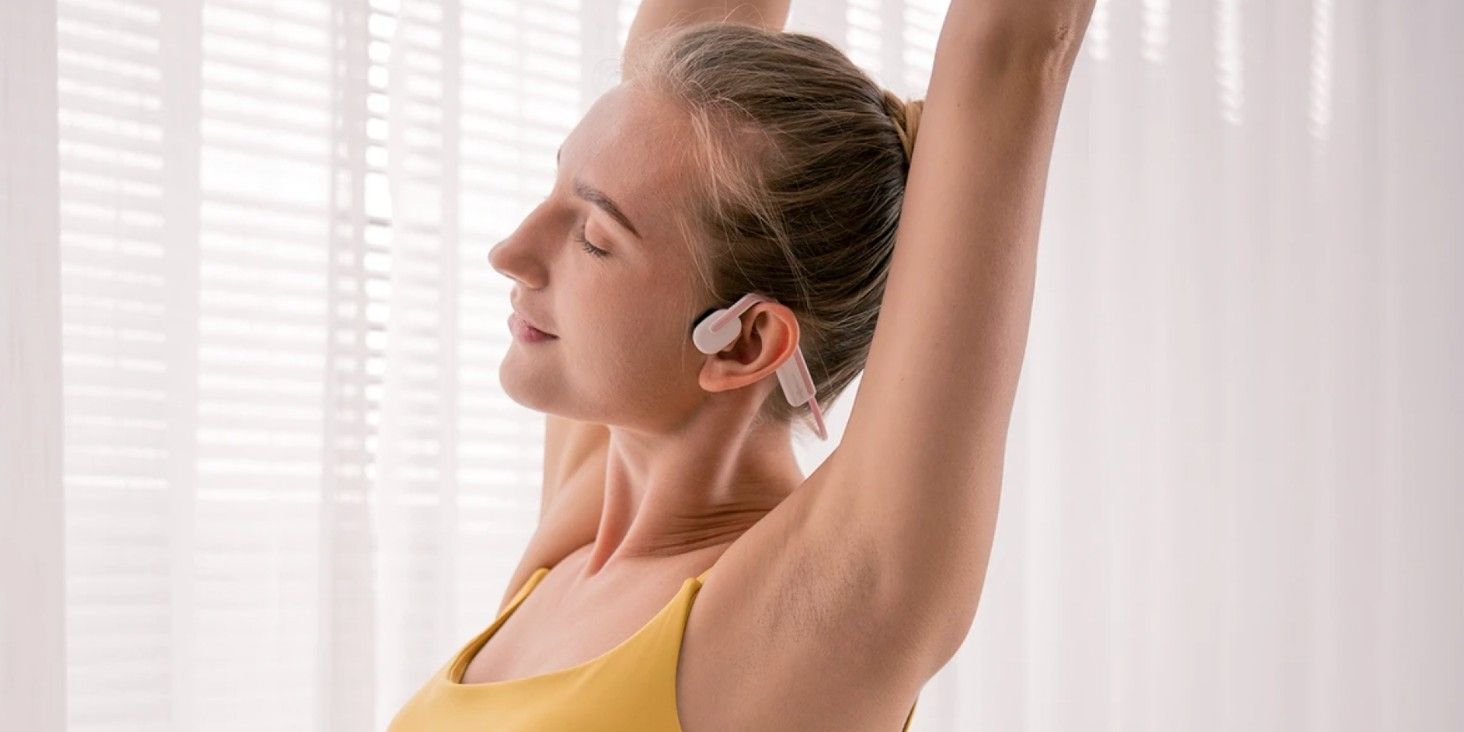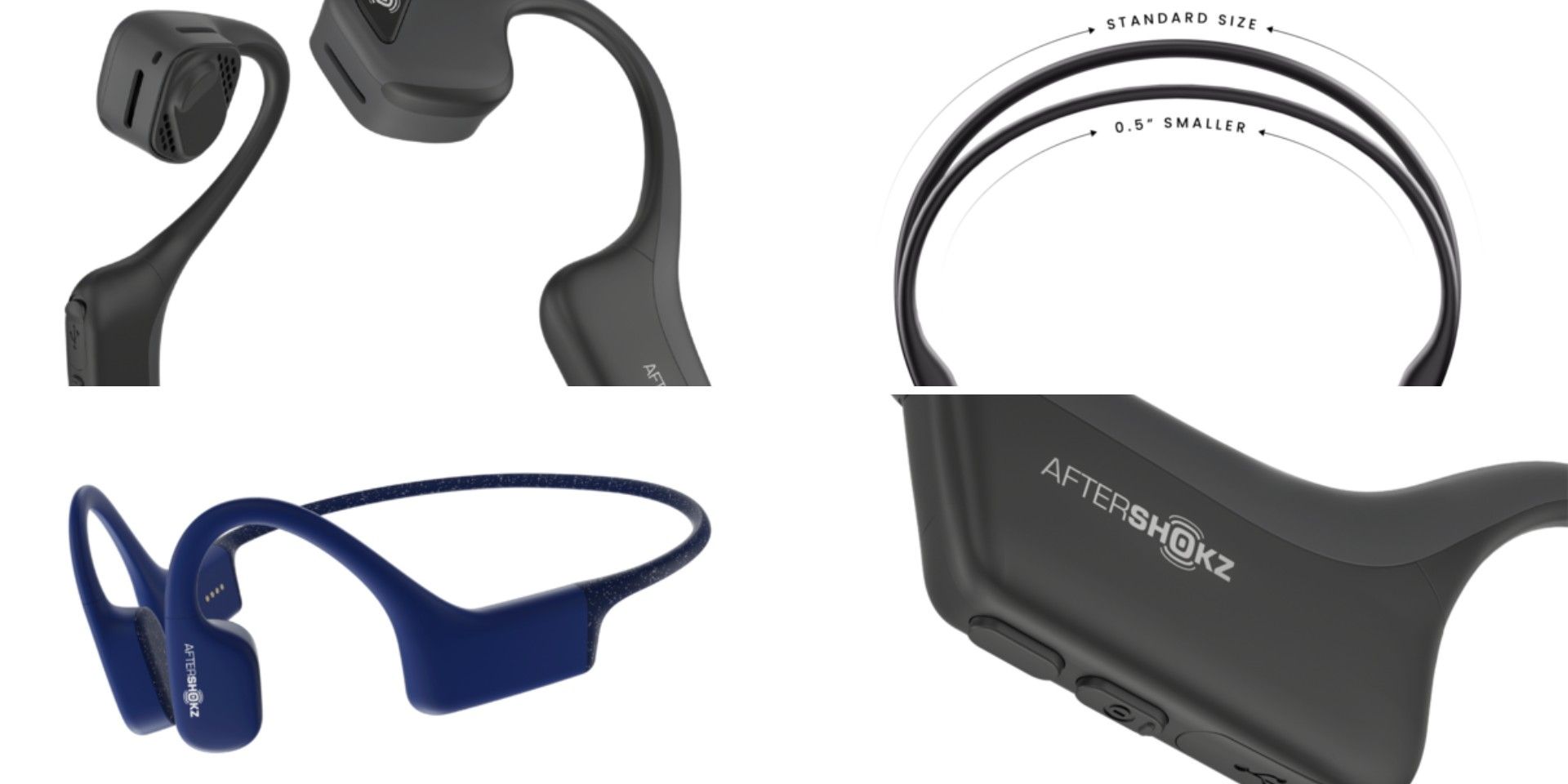Bone Conduction Audio: How It Works, And Why People Love It

Bone conduction headphones are the latest consumer tech that innovates headphones by sending sound waves through bone around the ear, which has a variety of unique applications like delivering sound to people suffering from hearing impairments. First thought of as "gimmicky," bone conduction headphones are steadily rising in popularity as the technology advances and as people discover more and more applications. As a result, the marketplace encompasses a range of prices, designs, and styles to choose from just like shopping through a catalog of Beats by Dre. With various advantages and very few drawbacks, many people choose to use bone conduction headphones over regular headphones depending on the setting.
Traditional headphones transmit sound through the air into the eardrum, which fully immerses listeners into the audio experience but blocks everything else out. Standard headphones can become cumbersome if someone is in a situation that they need to be aware of the outside environment, such as the office, the park, or on the street during heavy traffic. In those situations, thankfully, there are other ways that sound reaches the brain's auditory cortex besides through the ear canal. For example, upon becoming deaf, the late, great classical composer Ludwig Van Beethoven devised a method of hearing his composition by biting his musical wand and pressing it against his piano, absorbing the sound waves through his jaw bone.
Bone conduction headphones piggyback off the same method Beethoven used to hear his compositions by transmitting sound waves through the bone outside the ear. This different sonic approach bypasses the ear canal, sending acoustical vibrations directly to the cochlea. Bone conduction headphones are a godsend for anyone who suffers from hearing deficiencies or impairment. Rather than never being able to stream their favorite tunes on Spotify again, bone conduction headphones bring music back to individuals who have lost hope of hearing sound in any distinguishable fidelity.

Bone conduction headphones are the antithesis of noise-cancellation technology, allowing all ambient noises to stream into the eardrum. Many people prefer using bone conduction headphones while at work, so they can still listen attentively to their co-workers and customers to respond accordingly. In addition, swimmers rave about using bone conduction headphones, as pulsating water disturbs the ear canal and can ruin even the most expensive models of water-proof headphones. In whatever situation, bone conduction headphones have applications that regular headphones can't fill.
Many consumers say that it's a fun, unique experience hearing sound produced from acoustical vibration through bone. However, naysayers describe the experience of listening to music with bone conduction headphones as less enjoyable, supplied with lower audio amplitude and fidelity. Admittedly, these antagonists do have a point as traditional headphones come in various driver sizes to deliver varied amplitude and also suction inside the ear-drum, increasing resonances. While consumers shouldn't expect Apple Airpod-level sound quality, bone conduction headphones are helpful for many people, especially those who need to keep their audio perception on red alert. These are also incredibly crucial for people that suffer from hearing loss.
Sources: SoundGuys, MyNewMicrophone, SalusHealth, TheVerge
No comments: